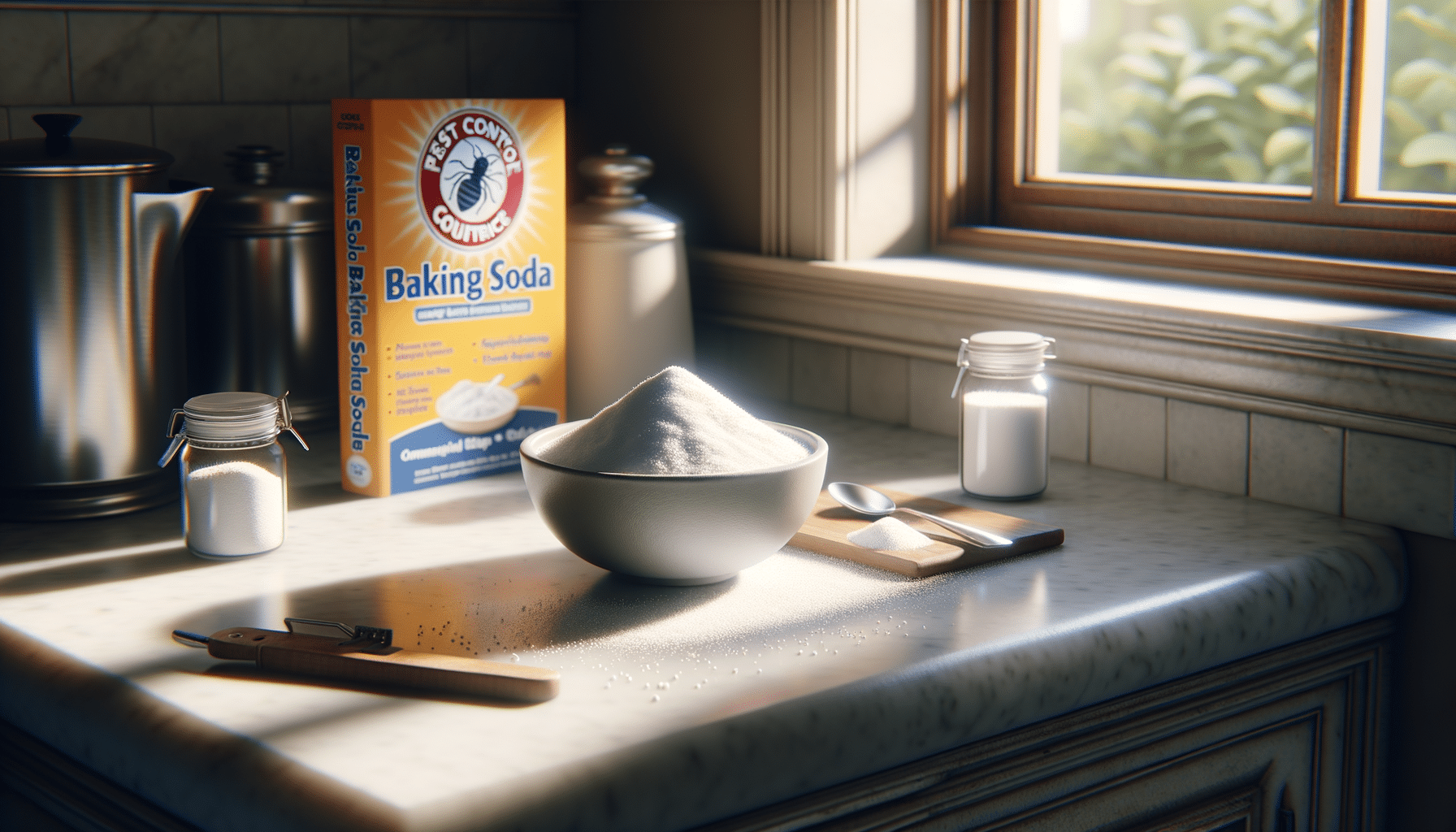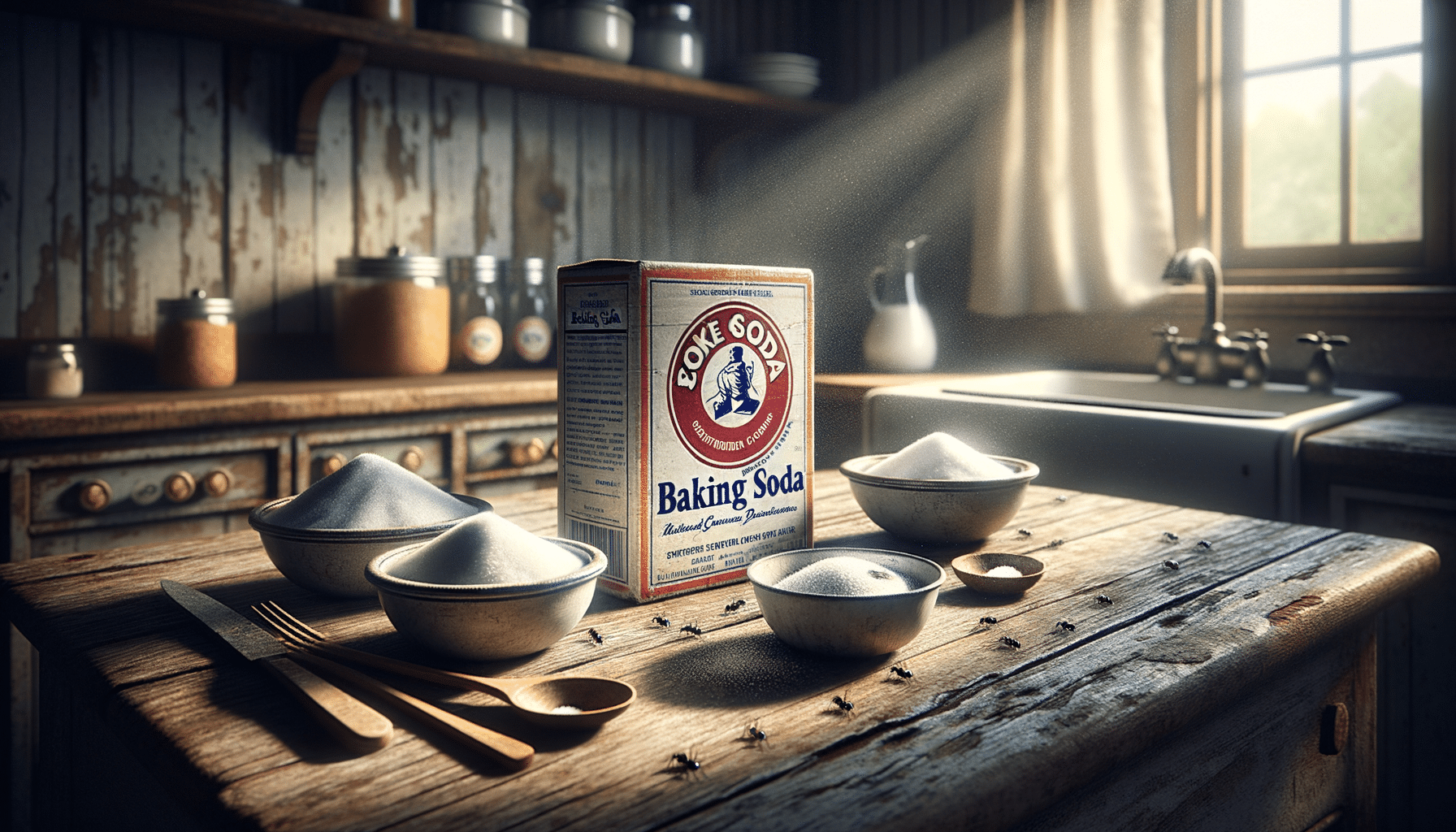
How to Use Baking Soda for Pest Control
Introduction to Baking Soda as a Pest Control Agent
In the realm of home remedies, baking soda stands out as a versatile tool. Known for its myriad uses, from cleaning to baking, this common household item also plays a significant role in pest control. The importance of effective pest management cannot be overstated, as pests can cause damage to property and pose health risks. Utilizing baking soda for pest control is an environmentally friendly and cost-effective solution, making it a favorable choice for many homeowners.
Baking soda, or sodium bicarbonate, is a chemical compound with mild alkaline properties. This characteristic makes it lethal to various pests when ingested. When baking soda comes into contact with acids in a pest’s stomach, it produces carbon dioxide gas, which can be fatal to the insect. This simple reaction is at the core of why baking soda is an effective pest control agent.
Understanding how to use baking soda effectively requires knowledge of the types of pests it can combat. From ants to cockroaches, this article will explore the different methods and mixtures that can be employed to keep your home pest-free. Let’s delve into the practical applications of baking soda in pest management.
Combating Ants with Baking Soda
Ants are among the most common household pests, often invading homes in search of food. They leave chemical trails that others follow, leading to infestations. Baking soda provides a natural deterrent that disrupts this cycle. To use baking soda against ants, a simple mixture of baking soda and powdered sugar can be prepared. The sugar attracts the ants, and the baking soda becomes an unsuspecting addition to their diet.
Once ingested, the baking soda reacts with the acid in the ants’ digestive system, creating gas. Since ants cannot expel gas, this reaction proves fatal. Here’s how you can prepare the mixture:
- Mix equal parts of baking soda and powdered sugar in a shallow dish.
- Place the dish near ant trails or entry points.
- Monitor and replenish the mixture as needed.
This method is not only effective but also safe for households with pets and children, as it avoids toxic chemicals. It’s essential to maintain cleanliness and ensure food is stored properly to prevent attracting ants, complementing the use of baking soda for lasting results.
Eliminating Cockroaches with Baking Soda
Cockroaches are resilient pests that thrive in warm, moist environments. They are carriers of various bacteria and can trigger allergies, making their control vital. Baking soda offers an effective solution when combined with other household items. A popular method involves the combination of baking soda and sugar, similar to the ant control method.
To target cockroaches:
- Mix equal parts of baking soda and sugar.
- Place the mixture in small containers or directly in areas where cockroaches are active, such as under sinks and behind appliances.
- Check and refill the mixture regularly.
Cockroaches are drawn to the sugar, and upon ingestion, the baking soda reacts with their stomach acids, causing them to perish. This method is not only budget-friendly but also reduces the need for chemical pesticides, aligning with eco-friendly pest control practices.
Regular cleaning and sealing of entry points further enhance the effectiveness of this method, ensuring a comprehensive approach to cockroach control in your home.
Using Baking Soda for Flea Control
Fleas can be a nuisance, particularly for pet owners. They not only irritate pets but can also infest homes, leading to discomfort and potential health issues. Baking soda can be part of a flea control strategy, especially when combined with salt.
To combat fleas:
- Mix equal parts of baking soda and salt.
- Sprinkle the mixture onto carpets and upholstery.
- Let it sit for a few hours, then vacuum thoroughly.
The baking soda and salt work together to dehydrate fleas and their eggs, disrupting their life cycle. This method is effective but should be used in conjunction with regular pet grooming and cleaning to ensure fleas are kept at bay.
It’s important to note that while baking soda helps reduce flea populations, it may not completely eliminate them. Therefore, it should be part of a broader flea control plan, including vet-recommended treatments for pets.
Conclusion: Embracing Baking Soda for Eco-Friendly Pest Control
Baking soda’s role in pest control is a testament to its versatility and effectiveness. As an eco-friendly alternative to chemical pesticides, it provides a safe option for households looking to manage pests without harming the environment. Whether dealing with ants, cockroaches, or fleas, baking soda offers a practical solution that is both accessible and economical.
Incorporating baking soda into your pest control regimen not only helps maintain a pest-free home but also supports sustainable living practices. As with any pest control method, consistent application and preventive measures are key to achieving the best results. By understanding and utilizing the properties of baking soda, homeowners can effectively manage pest issues while minimizing their ecological footprint.


